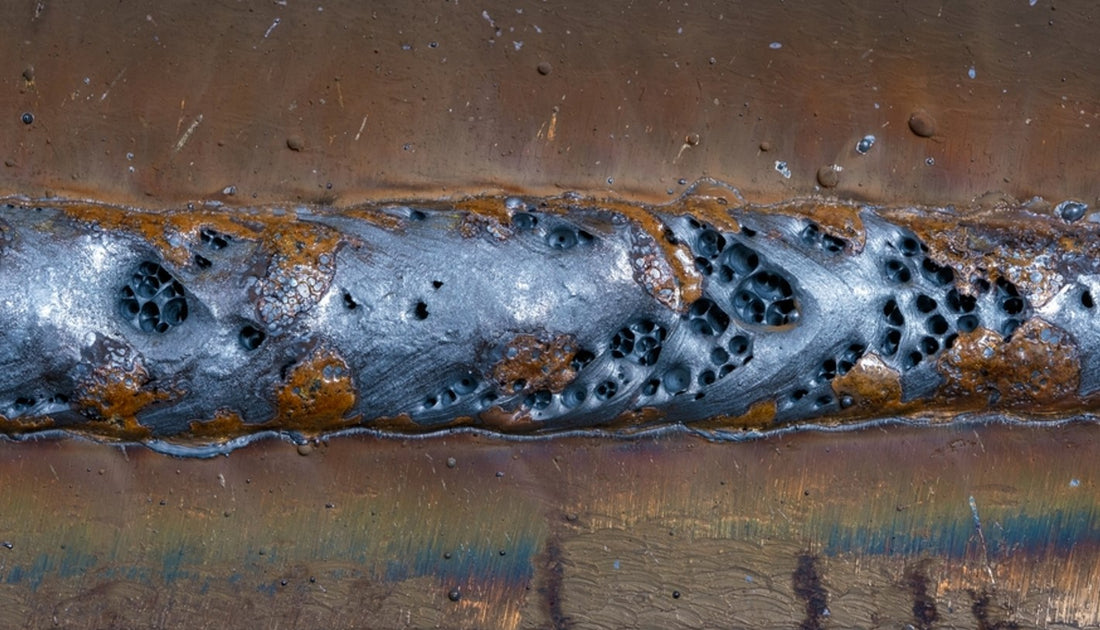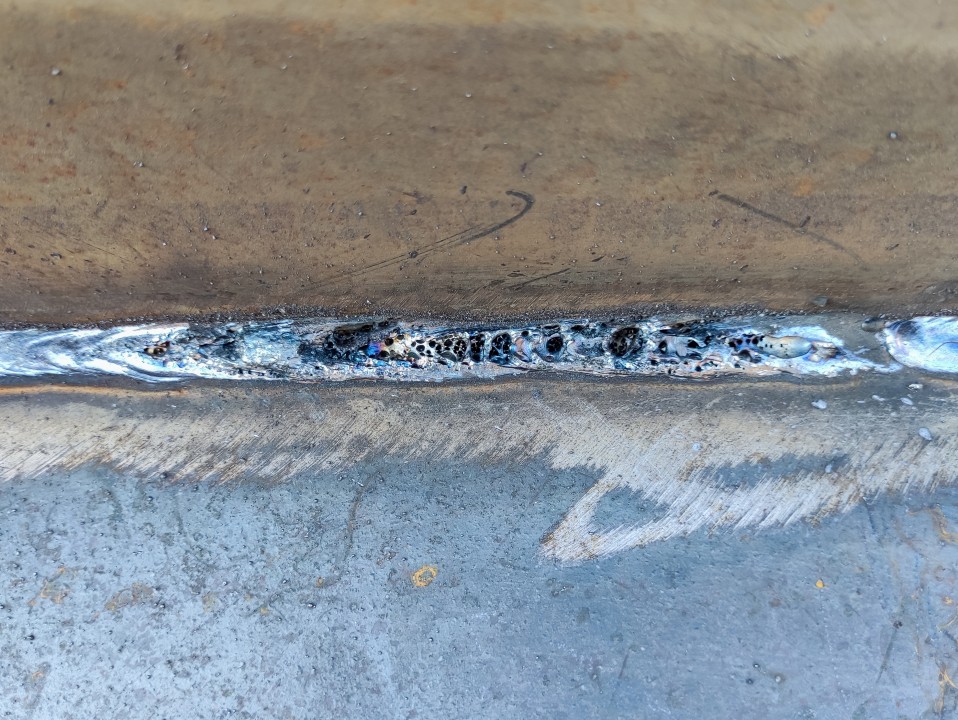What is Porosity in Welding: Necessary Tips for Achieving Flawless Welds
Wiki Article
Comprehending Porosity in Welding: Checking Out Causes, Effects, and Avoidance Methods
Porosity in welding is a consistent challenge that can dramatically impact the high quality and stability of welds. As experts in the welding market are well conscious, recognizing the causes, results, and prevention strategies connected to porosity is critical for attaining durable and trusted welds. By diving right into the origin of porosity, analyzing its harmful impacts on weld quality, and exploring reliable prevention approaches, welders can improve their knowledge and skills to generate premium welds continually. The complex interplay of variables adding to porosity requires a comprehensive understanding and a proactive strategy to ensure successful welding outcomes.Common Reasons For Porosity
Porosity in welding is primarily triggered by a mix of variables such as contamination, incorrect protecting, and poor gas coverage during the welding procedure. Contamination, in the kind of dirt, grease, or corrosion on the welding surface area, develops gas pockets when heated, resulting in porosity in the weld. Inappropriate shielding takes place when the shielding gas, typically made use of in procedures like MIG and TIG welding, is unable to fully shield the liquified weld pool from reacting with the surrounding air, causing gas entrapment and succeeding porosity. Additionally, insufficient gas insurance coverage, often due to inaccurate circulation prices or nozzle positioning, can leave components of the weld unprotected, allowing porosity to form. These elements jointly add to the development of gaps within the weld, weakening its integrity and potentially causing structural concerns. Recognizing and attending to these typical reasons are crucial actions in protecting against porosity and ensuring the quality and toughness of welded joints.Impacts on Weld High Quality
The presence of porosity in a weld can significantly compromise the overall top quality and integrity of the bonded joint. Porosity within a weld creates spaces or dental caries that deteriorate the framework, making it extra susceptible to breaking, corrosion, and mechanical failing.Furthermore, porosity can prevent the effectiveness of non-destructive screening (NDT) strategies, making it testing to spot various other problems or discontinuities within the weld. This can cause considerable safety concerns, specifically in essential applications where the architectural honesty of the welded components is extremely important.

Prevention Techniques Introduction
Given the detrimental impact of porosity on weld top quality, efficient prevention strategies are important to maintaining the structural honesty of bonded joints. One of the primary avoidance techniques is thorough cleansing of the base products prior to welding. Pollutants such as oil, oil, rust, and dampness can contribute to porosity, so making sure a tidy job surface is important. Appropriate storage space of welding consumables in dry conditions is likewise crucial to Your Domain Name prevent dampness absorption, which can result in gas entrapment throughout welding. Additionally, choosing the suitable welding parameters, such as voltage, existing, and travel rate, can help reduce the danger of porosity formation. Ensuring ample securing gas circulation and coverage is another important prevention strategy, as inadequate gas protection can lead to climatic contamination and porosity. Ultimately, proper welder training and accreditation are important for applying preventative measures efficiently and constantly. By incorporating these avoidance techniques into welding methods, the incident of porosity can be substantially reduced, bring about more powerful and much more trusted welded joints.Importance of Correct Protecting
Proper shielding in welding plays an essential duty in avoiding atmospheric contamination and making certain the honesty of welded joints. Shielding gases, such as argon, helium, or a combination of both, are typically used to shield the weld pool from reacting with components in the air like oxygen and nitrogen. When these responsive aspects come into call with the hot weld swimming pool, they can trigger porosity, leading to weak welds with lowered mechanical residential properties.
Poor protecting can cause different defects like porosity, spatter, and oxidation, endangering the architectural honesty of the bonded joint. Sticking to proper securing practices is vital to generate premium welds with marginal defects and make sure the long life and reliability of the bonded parts.
Monitoring and Control Techniques
Just how can welders efficiently keep track of and regulate the welding process to make sure optimum results and avoid flaws like porosity? One key method is with making use of innovative monitoring innovations. These can consist of real-time tracking systems that supply comments on parameters such as voltage, present, take a trip rate, and gas circulation prices. By continually keeping track of these variables, welders can determine variances from the excellent conditions and make immediate adjustments to avoid porosity development.
Additionally, executing proper training programs for welders is important for keeping track of and controlling the welding process effectively. What is Porosity. Enlightening welders on the relevance of keeping constant specifications, such as appropriate gas shielding and travel rate, can assist avoid porosity issues. Regular analyses and qualifications can likewise guarantee that welders excel in monitoring and controlling welding procedures
Moreover, using automated welding systems can enhance tracking and control capabilities. These systems can precisely manage welding specifications, reducing the chance of human mistake and guaranteeing consistent weld top quality. By integrating advanced surveillance innovations, training programs, and automated systems, welders can effectively keep an eye on and manage the welding procedure investigate this site to reduce porosity defects and accomplish high-quality welds.
Final Thought

Report this wiki page